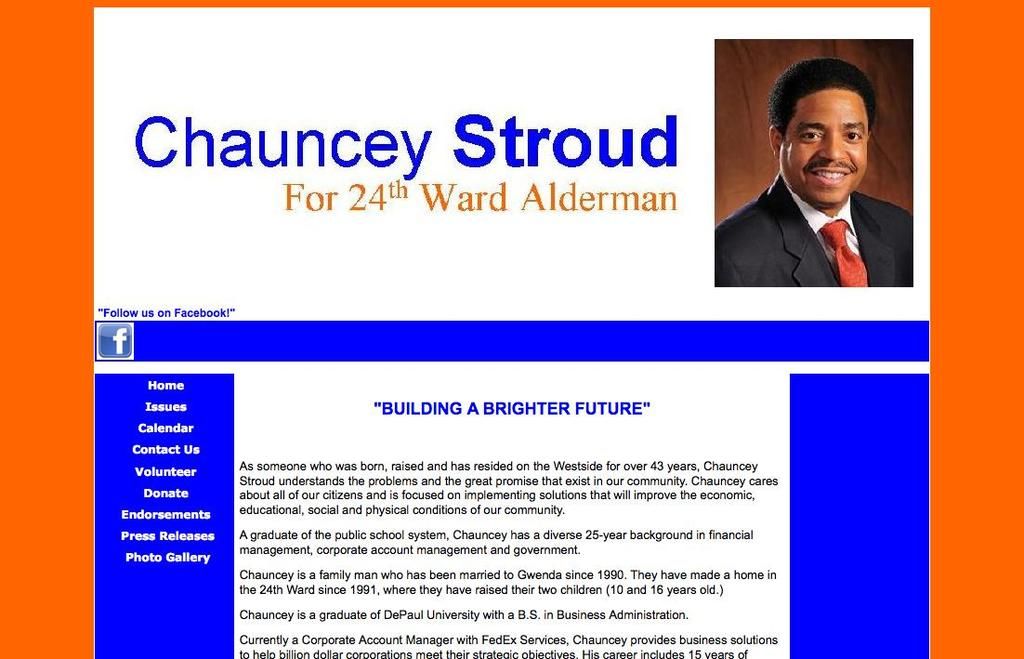Understanding Option Implied Volatility (IV) and Illustrative Scenarios
Understanding Implied Volatility (IV): A Key Indicator for Investors
Implied volatility, often denoted as IV, is a crucial measure used by investors to gauge the market's expectation of an asset's future price fluctuations. This tool serves as a benchmark for projecting potential movements and evaluating supply and demand. It is particularly significant in the pricing of options contracts.
Key Takeaways:- IV is employed to estimate future price swings based on options premiums.- Factors such as supply and demand, time value, and market sentiment play a substantial role in determining IV.- IV tends to increase in bearish markets and decrease in bullish ones.- IV offers an insight into market sentiment but is solely based on prices, not fundamentals.
How Implied Volatility Works:
Options contracts' pricing relies heavily on implied volatility. By acquiring options, traders don't solely gain exposure to the direction of the stock price but also to the potential for significant price changes before the option expires.
In contrast to historical volatility, which quantifies past market fluctuations, implied volatility is a forward-looking measure that is derived from the current market price. It requires the use of options pricing models like the Black-Scholes model to calculate implied volatility.
Notably, IV is also regarded as a heuristic gauge of market sentiment, fluctuating according to fear, anxiety, and market uncertainty. It is most often low in calm markets and spikes during periods of concern or stress.
For example, the CBOE Volatility Index, commonly known as the "VIX," is a well-known measure of implied volatility for the S&P 500 index options. The VIX functions as a telltale sign of the stock market's anxiety level, as it typically increases during times of market turmoil or uncertainty. Traders carefully monitor indicators like the VIX because spikes in implied volatility can precede significant market shifts.
Important Note:- Implied volatility depends on the magnitude of potential price changes, rather than on the direction of the underlying asset's movement.
How Traders Use Implied Volatility:Traders utilize implied volatility in several ways:- To assess whether options prices are undervalued or overvalued- To profit from changes in implied volatility itself by buying options when IV is expected to rise or selling options when it is expected to fall- To factor IV into various risk management models
Implied Volatility and Options Pricing:Options contracts are priced based on key factors, such as implied volatility and the underlying asset's current value. Options with high implied volatility have corresponding high premiums, and vice versa.
While implied volatility is an estimate of future prices derived from probability, its dependence on market opinions can indirectly influence prices themselves. There is no guarantee that an option's price will follow the predicted pattern, but considering other investors' actions with options can offer valuable insights when making investment decisions.
Furthermore, implied volatility affects the pricing of non-option financial instruments, such as interest rate caps that limit the rise of an interest rate on a product.
Options Pricing Models:- The Black-Scholes model, a widely used options pricing model, accounts for current stock price, options strike price, the time until expiration, and risk-free interest rates.- The Binomial model, which uses a tree diagram, offers the advantage of accounting for the possibility of early exercise in American-style options but is less efficient in rushed situations.
Factors Affecting Implied Volatility:Implied volatility is subject to unpredictable changes, similar to the market as a whole. Supply and demand, as well as the time value of the option, exert significant influence over implied volatility.
- High demand for an asset leads to a higher implied volatility (and, consequently, a higher option premium) due to the inherent risk associated with options.
- The opposite effect occurs when there is an abundance of supply and insufficient market demand, causing the option price to decrease and the implied volatility to fall.
- The time value of the option, or the remaining time until expiration, also influences the implied volatility. A short-dated option generally results in low implied volatility, while a long-dated option tends to produce high implied volatility.
Pros and Cons of Using Implied Volatility:- Quantifies market sentiment and uncertainty while assisting in setting options prices and determining trading strategies- Based solely on prices, not fundamentals, making it sensitive to unexpected factors and news events- Predicts movement but not direction
Integrating Implied Volatility, Standard Deviation, and Expected Price Changes:Standard deviation, a statistical measure, quantifies the dispersion of data. When applied in the context of implied volatility, it measures the potential range of price changes for the underlying asset.
Annualized implied volatility, expressed as a percentage, corresponds to the market's expectation of a 20% price move for the stock if the options on the stock have an implied volatility of 20%. This calculation can be adjusted to evaluate expected changes on a daily or weekly basis using standard deviation. The general rule of thumb is:
- One standard deviation encompasses approximately 68% of potential price moves.
- Two standard deviations account for roughly 95% of potential price moves.
- Three standard deviations cover about 99.7% of potential price moves.
Using these standard deviation levels, traders can estimate potential price moves and formulate strategies such as setting stop-loss levels or target prices. Keep in mind that these statistics are mere probabilities based on the implied volatility; actual price changes may exceed these predictions, particularly in instances of unexpected events or news.
Example:Suppose ABC stock is currently trading at $100 per share, and the market anticipates a significant announcement in a month that could profoundly impact the stock price. The implied volatility for the stock's options has risen to 40%.
A call option on ABC stock with a strike price of $105 and one month until expiration is priced at $2.50 in the market. Utilizing the Black-Scholes option pricing model, we can work backward to determine the implied volatility:
- The implied volatility is approximately 40%.
In this scenario, if the actual volatility of the stock over the next month is higher than 40%, the option price is likely to increase, resulting in a profit for the option buyer. However, if the actual volatility is lower than 40%, the option price will decrease, leading to a loss for the option buyer and a profit for the seller.
Computing Implied Volatility:Implied volatility is extracted from an option's price by rearranging the options pricing model's formula to solve for volatility instead of the price. The current price is already known in the market.
Impact of Changes in Implied Volatility on Option Prices:When implied volatility increases, so does the option's price (premium), as more significant price fluctuations become anticipated. Conversely, as implied volatility decreases, the premium generally decreases, as price fluctuations are expected to be minimal.
Extrinsic value, or time value, in an option is directly influenced by implied volatility:- Higher IV leads to higher extrinsic value.- Lower IV results in reduced extrinsic value.- Intrinsic value, which is unaffected by IV, is solely dependent on the option's moneyness.
Finally, it is worth noting that not all options within a series possess the same implied volatility. Downside put options, often sought as hedges against losses, tend to be more in demand and display higher implied volatility compared to similar upside call options unless the stock is a takeover target. This phenomenon is known as the "volatility skew" or "smile."
In Conclusion:Implied volatility serves as an essential tool for investors and traders alike, providing valuable insights into the market's sentiment, the potential risks and rewards associated with trading options, and aiding in making well-informed decisions. The relationship between implied volatility and option pricing is critical for understanding the nuances of options trading and managing options portfolios.
- "Implied Volatility". Investopedia.
- "Time value of options". Investopedia.
- "Black-Scholes model". Investopedia.
- "Binomial tree". Investopedia.
- "Options pricing model". Investopedia.
- "Volatility skew". Investopedia.
- "Vega". Investopedia.
- "Private Credit Fund". ETNA Enrichment.8.1% annualized dividend. Arrived. earnearn a passive income.
- In the realm of DeFi (Decentralized Finance), investors can monitor the volatility of various token prices using implied volatility, similar to traditional finance.
- Traders in the DeFi space can benefit from analyzing the changes in implied volatility, either by buying tokens when IV is anticipated to rise or selling tokens when IV is expected to fall, similar to options trading.
- It's essential for DeFi investors to understand that Initial Coin Offerings (ICOs) can influence the mining and trading of tokens, potentially affecting their price and, consequently, the implied volatility.







